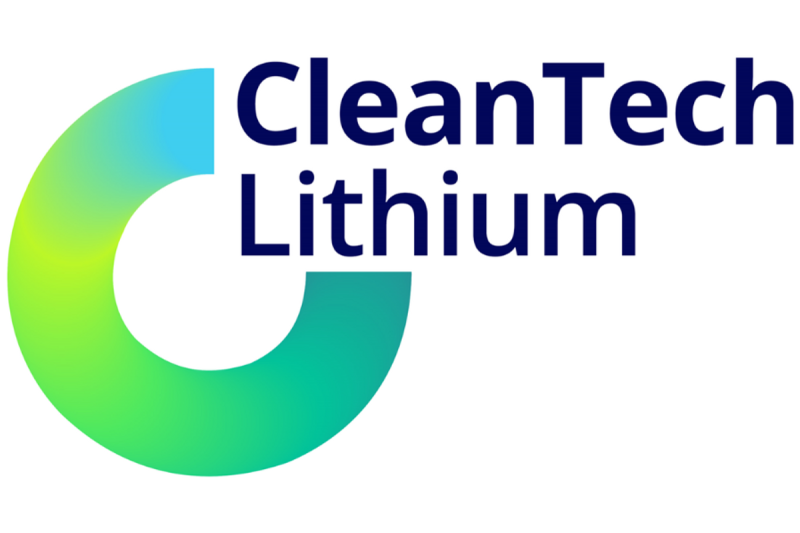Industrial Forward Osmosis Update
In recent years, forward osmosis has emerged as a promising technology for various industrial applications, offering a cost-effective and environmentally friendly solution for water treatment and resource recovery. The process involves the movement of water molecules across a semi-permeable membrane from a lower concentration solution to a higher concentration solution, driven by osmotic pressure. Compared to traditional water treatment methods such as reverse osmosis, forward osmosis requires less energy and can operate using lower-grade feed water.
One of the key advantages of forward osmosis is its ability to concentrate difficult-to-treat wastewaters, such as those containing high levels of organics or dissolved solids. This makes it an attractive option for industries such as food and beverage, mining, and pharmaceuticals, where wastewater treatment is a significant challenge. By using draw solutions that create an osmotic gradient, forward osmosis systems can effectively separate water from contaminants, producing a concentrated brine stream that is easier to manage and dispose of.
Researchers and engineers are constantly exploring new advancements in forward osmosis technology to improve efficiency and scalability. One area of focus is the development of novel draw solutions that can enhance water flux and reduce fouling of membranes. By optimizing the composition and properties of draw solutions, researchers aim to increase the overall performance of forward osmosis systems and make them more competitive with conventional technologies.
Another important aspect of industrial forward osmosis is the integration of pre-treatment and post-treatment processes to ensure reliable operation and maintain the quality of treated water. Pre-treatment steps such as filtration and chemical conditioning help to remove suspended solids and fouling agents, protecting the membranes from damage and extending their lifespan. Post-treatment processes such as desalination or ion exchange can further polish the treated water to meet specific quality requirements for reuse or discharge.
In addition to wastewater treatment, industrial forward osmosis also shows great potential for resource recovery applications. By selectively extracting valuable components from process streams, such as nutrients, metals, or organics, forward osmosis can help industries recover resources that would otherwise go to waste. This not only reduces the environmental impact of industrial activities but also creates opportunities for cost savings and revenue generation.
Overall, the continuous progress in industrial forward osmosis technology signifies a shift towards more sustainable and efficient water management practices in various industries. With ongoing research and development efforts focusing on improving performance, reducing costs, and expanding application areas, forward osmosis is poised to play a key role in addressing the global water scarcity and pollution challenges. By harnessing the power of osmosis, industries can achieve higher water recovery rates, lower energy consumption, and greater environmental compliance, driving towards a more sustainable future.

























